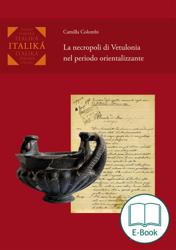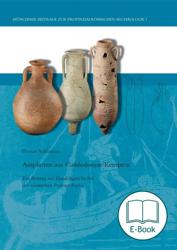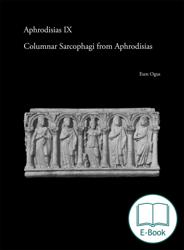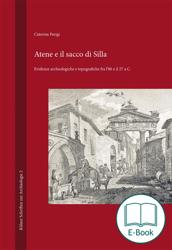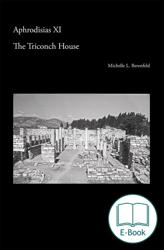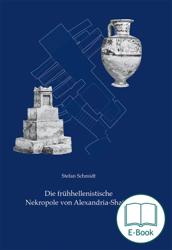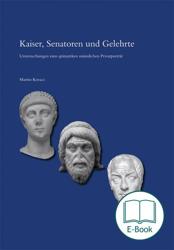La necropoli di Vetulonia nel periodo orientalizzante
Excavations in the late 19th and early 20th century in the cemetery of the Etruscan city of Vetulonia unearthed many opulent ‘princely graves’ dating to the Orientalizing period (end of the 8th – beginning of the 6th century BC). However, …

